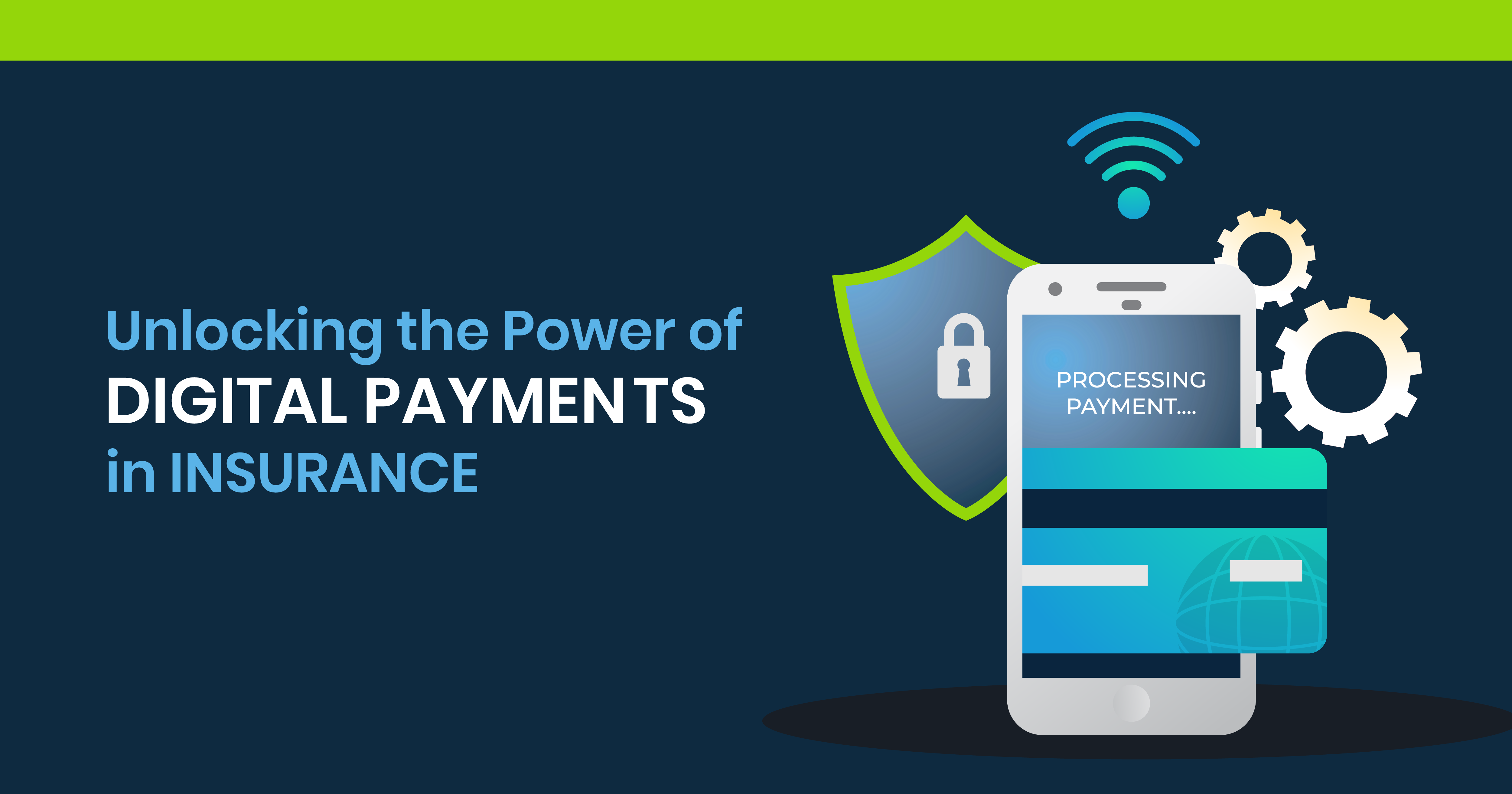| By Patricia Moore
| By Patricia Moore

Determined to continue serving customers in the face of global crises, many insurance companies have accelerated their technology road-maps, optimizing processes and enhancing communication capabilities to meet the urgent needs of today’s consumers. And as the main touch-point between providers and policyholders, the area of payments has become a primary focus in the industry’s intensified commitment to digital transformation.
Although the current insurance ecosystem extends beyond premiums and claims, the industry is still, at its core, built upon a financial arrangement. Aptly summarized in a recent ITA Pro interview with Christopher Ewing, “Insurance is really an agreement around payments. ‘If you pay me a premium, I will promise to pay you if a peril occurs.’ That is the heart of insurance.”
Premium payments represent the bulk of most people’s experience with their policies. Additionally, claims payments are known to be the most impactful event in the insured-insurer relationship. Given the significance of both inbound and outbound payments, digitizing this touch-point offers a valuable opportunity to engage with your policyholders, giving them the modern customer experience they want - and need.
Many organizations in the industry are still dependent upon legacy systems, preventing them from installing updated technology. However, an insurance-specific payments platform is built to integrate directly into your current core system without ripping and replacing the original hardware or software. With an insurance payments partner, you and your policyholders can enjoy a modern digital experience while bypassing the costly disruption of a total systems overhaul, making payments a natural first step on the path to digitalization.
According to a recent Mastercard study, 82% of respondents said they are currently using contactless payment methods, a ten-fold increase over other payment methods. Three quarters anticipate they will continue using digital payments even after the pandemic has passed. With more consumers choosing virtual wallets and digital payments over in-person and non-digital methods, insurers are eager to expand the payment options they can offer their policyholders.
While there may be some debate about whether Covid-19 is transmittable on the surface of cash, checks, or other banknotes, most epidemiologists and health professionals agree that social distancing is vital for slowing the spread of the virus. Digital payments allow policyholders to easily pay their premiums and receive claims payments from the safety of their own homes, while also allowing insurers more flexibility to work remotely. Even after the pandemic has resolved, many consumers and workers plan to continue the remote-work lifestyle.
The economic fallout of the pandemic has impacted many industries, and insurance is no exception. According to recent Statistica estimates, the global insurance industry stands to lose 203 billion dollars, including 107 billion in underwriting losses and 96 billion in investment losses. Insurers can leverage digital payments to reduce operating costs – by streamlining laborsome processes, increasing customer satisfaction and retention, and reducing the costs associated with checks, for example – which contributes to a lower combined ratio.
Most studies estimate it costs between $4 and $20 for each check processed. Between the materials (paper, ink, envelope), labor (check processing, customer support), bank fees, and postage, one check can leave a trail of expenses far above the amount printed on the surface itself.
In the middle of a global pandemic, any unnecessary exposure to others puts your staff and customers (as well as their families, etc.) at risk. But even under less dire circumstances, checks are the most common target of payment fraud (74%) compared to any other digital payment method. Additionally, physical checks can easily be lost, misplaced, or even forgotten, which can lead to missed premiums, lapsed policies, and uncashed claims payments. And given the time-sensitivity associated with claims disbursement, any delays in sending or receiving checks can lead to extended litigation and/or penalty fees.
Checks represented only 6% of all consumer transactions in 2018. And in a recent Capgemini survey of over 11,000 insurance customers, over half stated they preferred to engage with their chosen brands through digital channels, while 30% said they would switch providers if they were not satisfied with their experience. Additionally, 20% of consumers stated they would not make an online purchase if their preferred payment method is not accepted. Adopting digital payments is a relatively simple solution with far-reaching effects on the customer experience and overall perception of your brand.
As we enter the “new normal” – the massive societal changes sparked by an extraordinary convergence of global pandemic, economic instability, social unrest, and catastrophic climate events – insurance is likewise in a state of rapid transformation. The industry is joining the rest of the modern business world in adopting the digital-first approach that defines today’s consumer culture. Digitizing payments is the logical first step for most companies, providing an economically sound solution that allows you to streamline internal processes and create a more positive, sustained relationship with your policyholders.
Want to know more about how digital premium payments can help your business? Sign up for our upcoming webinar, The Future-Proof Insurer: Premium Payments (July 1st).
Tags: Payments, Technology & Innovation, COVID-19

Patricia is passionate about helping insurers continue to achieve success in a rapidly changing industry. She offers news, insights, and tips to help you modernize your organization, boost efficiency, and provide a superior customer experience for today’s policyholders.

